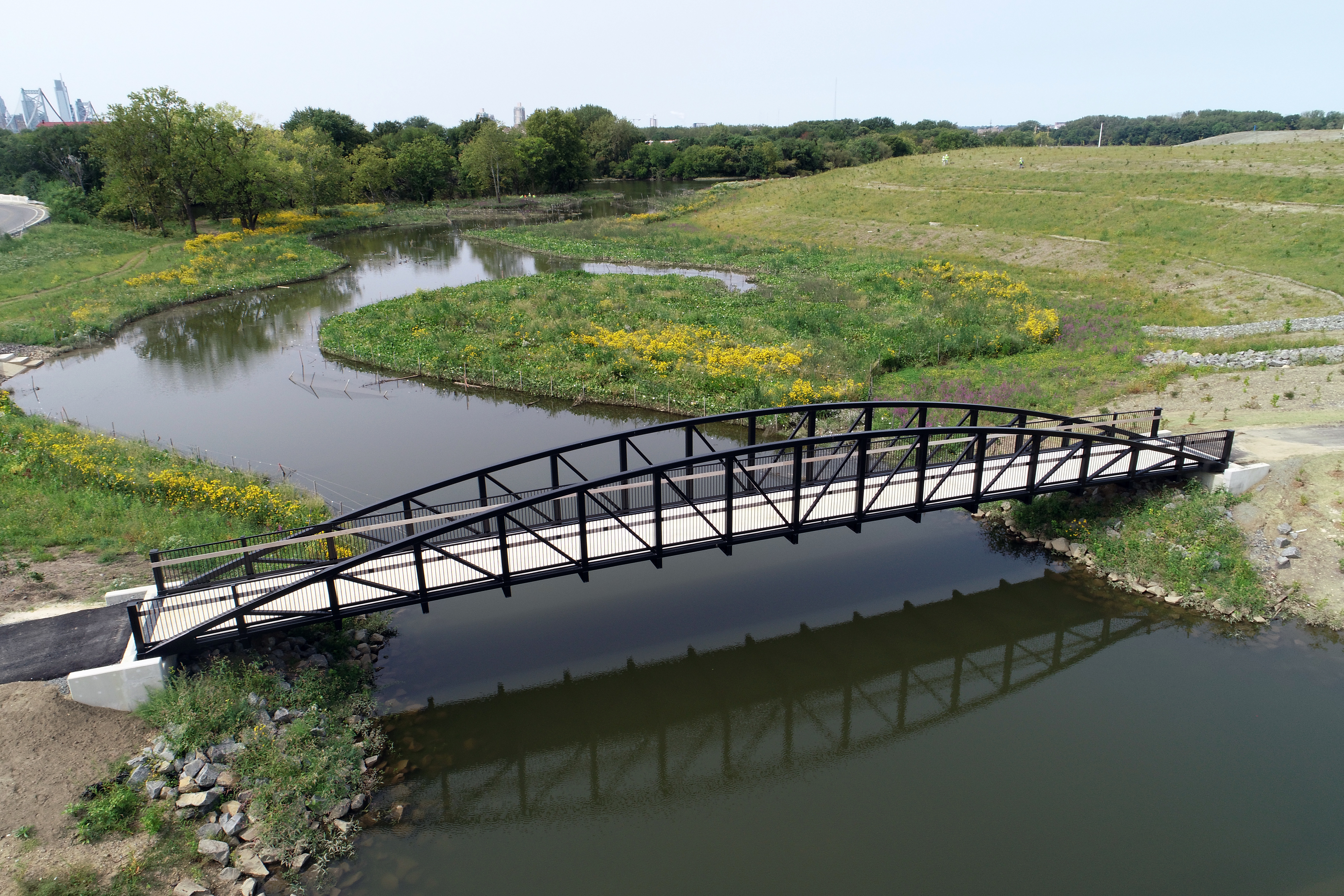Four NOAA Restoration Sites to Visit this Summer to Bask in the Beauty of Nature
June 29, 2023
Habitat restoration is for the birds. And for YOU, too!
Each July NOAA celebrates Habitat Month, a month-long ode to our incredible habitat conservation efforts. The Damage Assessment, Remediation, and Restoration Program (DARRP) is one such program that aims to restore habitat for fisheries and wildlife and support benefits like recreation and tourism for people.
Since its inception more than 30 years ago, the DARRP has assessed, restored, and protected coastal environments damaged by oil spills, hazardous waste releases, and vessel groundings. The program has recovered over $10.6 billion dollars to restore a wide variety of important habitats and resources nationwide, and to compensate the public for injured natural resources.
When oil or hazardous waste spills into the environment, it can limit outdoor recreational activities like fishing, boating, and swimming. Through the DARRP, NOAA helps restore and reconnect communities to these natural spaces, including disadvantaged communities disproportionately affected by pollution. Read on to learn about four restoration project sites that you can visit this summer.
Heavy machinery excavates at the project site. (Photo: State of New Jersey)
In 2020, $700,000 in settlement funds from the M/V Presidente Rivera Oil Spill were approved to support public access and restore shorelines and wetlands on a former landfill site. The park, now Camden’s largest, features a public kayak launch, a grassed amphitheater, exercise stations, a playground, picnic area, sensory garden, shoreline observation areas, three miles of hiking and biking trails, and a fishing plaza.
The fifth phase of Early Restoration improved coastal access in the Florida Panhandle (Photo: NOAA)
As part of the fifth phase of Early Restoration (PDF, 335 pages) from the Deepwater Horizon Oil Spill, over $34 million was allocated to allow public access to natural resources in the Florida Panhandle. Innerarity Park is a 3.38 acre property in Escambia County along the Old River, which flows out to Perdido Bay. Public infrastructure includes an ADA accessible boardwalk and sidewalks, swimming platform, ADA paddle craft launch, a ‘treehouse’ overlook, picnic pavilions, playgrounds, restrooms, and a concrete parking area with a stormwater treatment facility.
The new Pigeon River Bridge with fishing access (Photo: City of Sheboygan)
In August, 2020, trustees for the Sheboygan River and Harbor hazardous waste site approved the allocation of over $800,000 for five projects to restore the river and harbor, and enhance recreational uses within the river basin. One of those projects was the replacement of a failing pedestrian bridge over the Pigeon River in a City of Sheboygan public park. Funds were used to enhance public and ADA compliant fishing access through the installation of the new bridge with "bump outs" specifically for fishing.
Whitney Dotson and family at the Dotson Family Marsh Dedication on 4/22/17. (Photo: NOAA)
As part of the Castro Cove hazardous waste site settlement, 60 acres of wetlands and 90 acres of coastal prairie were restored or enhanced, and a public access project at the Dotson Family Marsh (formerly the Breuner Marsh) was completed. The project funding was awarded to the East Bay Regional Park District where substantial improvements were made including a new pedestrian and bike path, restrooms, trails, picnic facilities, and interpretive exhibits.
Learn more about how the DARRP’s restoration work supports public use and recreation.






